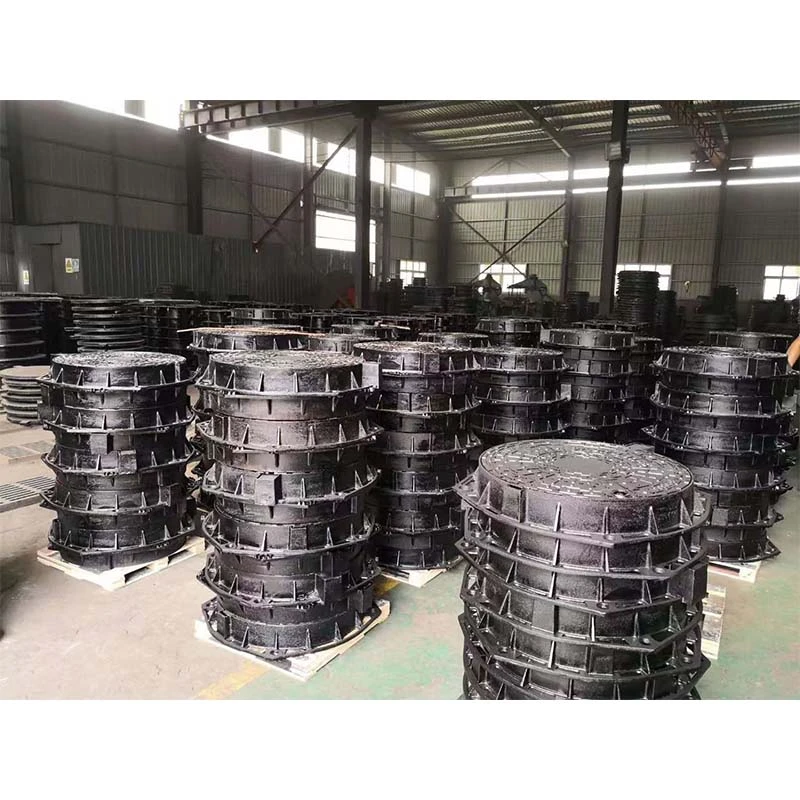Durable and Stylish Horseshoe Bollards for Effective Urban Traffic Management
The Utility and Aesthetics of Horseshoe Bollards
In urban design, the balance between functionality and aesthetics is crucial. One often-overlooked element in this equation is the humble bollard. Among various designs, the horseshoe bollard stands out not only for its unique shape but also for its diverse applications in enhancing urban environments. This article explores the utility, design benefits, and environmental impact of horseshoe bollards.
Understanding Horseshoe Bollards
Horseshoe bollards are characterized by their distinctive U-shape, reminiscent of the traditional horseshoe. This design allows them to serve multiple purposes, making them a versatile addition to city streets, parks, and public spaces. Typically made from durable materials such as steel, concrete, or recycled plastics, horseshoe bollards are engineered to withstand weather elements and physical impacts, ensuring long-lasting service.
Functionality and Safety
One of the primary purposes of bollards is to enhance safety in urban areas. Horseshoe bollards act as barriers, protecting pedestrians from vehicular traffic. Their placement can deter vehicles from entering pedestrian-only zones or restrict access to areas that require limited vehicle movement, such as parks or plazas. This design not only safeguards pedestrians but also contributes to a more serene and walkable environment.
Moreover, horseshoe bollards can serve as anchor points for additional safety measures. They can be fitted with signage, lighting, or other structural elements, augmenting their functionality while adhering to safety standards. In many cases, the ability to incorporate additional features makes horseshoe bollards a practical choice for urban planners looking to maximize both safety and efficiency in public spaces.
Aesthetic Appeal
horseshoe bollards

While functionality is paramount, aesthetics cannot be overlooked. Horseshoe bollards offer a modern, sleek look that can enhance the visual appeal of urban environments. Unlike traditional straight bollards, the curvy design of horseshoe bollards can soften lines and create a more inviting atmosphere. This is particularly important in public spaces, where design elements play a key role in attracting visitors and encouraging community engagement.
Horseshoe bollards can be customized in various colors, finishes, and materials, allowing designers to match them with the surrounding landscape or architectural style. Whether in a historic district or a contemporary setting, the flexibility of horseshoe bollard designs can complement the overall aesthetic vision of a city.
Environmental Impact
In today’s world, sustainability is a significant concern for urban planners. The materials used to create horseshoe bollards can contribute to environmentally friendly practices. Many manufacturers now produce bollards made from recycled materials, reducing the carbon footprint associated with new production. Furthermore, the durability of these bollards minimizes the need for frequent replacements, thereby conservatively using resources over time.
Horseshoe bollards can also be integrated with landscaping initiatives, such as planting trees or installing green spaces nearby. This approach not only enhances the functionality of bollards in directing foot traffic but also supports local ecosystems and promotes biodiversity in urban settings.
Conclusion
In conclusion, horseshoe bollards embody a perfect blend of utility, safety, and aesthetics, making them an essential feature in modern urban design. Their distinctive shape and multifunctional capabilities offer tangible benefits in enhancing the safety of pedestrian areas while simultaneously improving the overall visual appeal of cityscapes. Furthermore, their potential for sustainable production aligns with contemporary priorities for environmental consciousness. As cities continue to evolve, the role of horseshoe bollards will likely expand, promising to contribute positively to urban life well into the future.
-
The Smarter Choice for Pedestrian AreasNewsJun.30,2025
-
The Gold Standard in Round Drain CoversNewsJun.30,2025
-
The Gold Standard in Manhole Cover SystemsNewsJun.30,2025
-
Superior Drainage Solutions with Premium Gully GratesNewsJun.30,2025
-
Superior Drainage Solutions for Global InfrastructureNewsJun.30,2025
-
Square Manhole Solutions for Modern InfrastructureNewsJun.30,2025
-
Premium Manhole Covers for Modern InfrastructureNewsJun.30,2025
